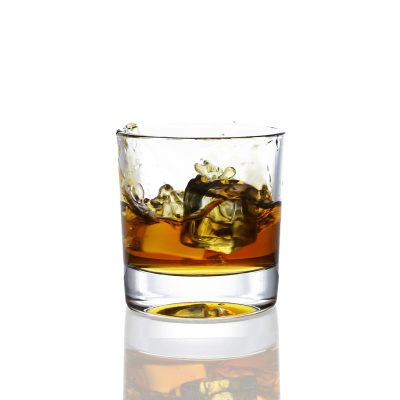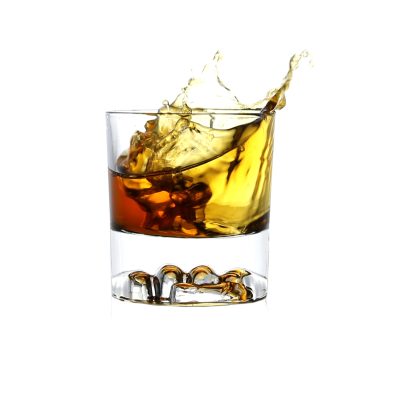As a long-established wine-producing country, Italy has gradually established and improved its wine grading system since 1963, in order to better regulate its own wine industry and promote its healthy development. Today, Italian wine is divided into 4 grades from entry to the most advanced, this article will take you to understand.
1. Vino da Tavola (VdT for short)
Everyday table wine is the most basic entry level of Italian wine. In 2011, the new classification system changed its name to Vino, and the wine label was changed to “Vino d’Italia”. This level of wine is usually a cheap wine made in large batches, without too many regulatory restrictions, and the wine label generally does not indicate the production area and year.
2. Indicazione Geografica Tipica (IGT for short)
Wines of this class are produced in a specific region or region and have local characteristics. In 1992, in order to distinguish some high-quality wines that do not meet the requirements of higher-level regulations from everyday table wines, IGT came into being, a typical representative of which is the famous “Super Tuscan (Super Tuscan)”. Super Tuscany breaks the traditional regulations of the Tuscany region, using new winemaking methods when making wine, using all or part of non-native grape varieties, such as Cabernet Sauvignon, Merlot, Cabernet Franc and Syrah, to name a few, have produced a number of unique wines, some of which are as good as DOCG wines.
3. Denominazione di Origine Controllata (DOC for short)
Compared to VdT and IGT, DOC wines are subject to much stricter legal constraints. At present, there are more than 300 DOC producing areas in Italy, and each DOC producing area has its own specific requirements for the brewing of wine. . Stringent requirements also mean that DOC wines are often higher quality, more regionally specific, and more expensive than typical IGT and VdT wines.
4. Denominazione di Origine Controllata e Garantita (DOCG)
DOCG is the highest grade of Italian wine, and it is also the most stringent in terms of production regulations related to grape varieties, yield restrictions, grape maturity, winemaking procedures, and wine maturation and aging. Each DOCG wine must go through an official tasting, and the quality can only be marked as DOCG. In order to ensure the quality of the wine, the neck of the DOCG wine bottle is also affixed with a national official code seal.
Today, 5 red wines that are representative of Italy – Amarone, Barolo, Barbaresco, Brunello and Chianti Classico) all belong to the DOCG level.



















